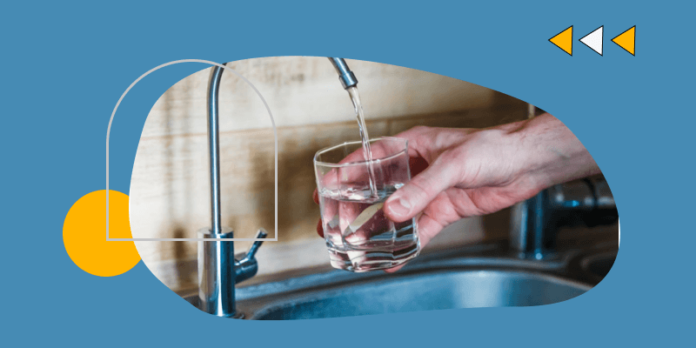Did you know that the US uses 39 billion gallons of water each day for public supply? A network of 2.2 million miles of underground pipes then controls and directs the water flow. As such, it’s thanks to these pipes that consumers have access to clean and safe water.
So, with such long distances to cover, how exactly can all that water travel? What allows it to move through long-distance pipelines and reach the people who need it?
This guide answers all those questions, so be sure to read on!
What Does Water Flow Mean?
The term flow itself refers to the action of a fluid moving in a steady, uninterrupted stream. In plumbing talk, the water flow is the amount of water that passes through pipes. The wider the pipe is, the more water can move through it.
What Then Makes Water Flow through a Pipe?
There are two primary ways: through the force of gravity or with a pump.
To use gravity to move water, you need to tilt a pipe in a downward trajectory. This allows gravity to act on the water, making it accelerate and move downward. Sewer systems are some examples of pipes that use gravity to move water.
By contrast, water treatment plants use high-pressure pump systems to move water. The pumps pressurize the treated water to send it over to the main water line. That immense amount of pressure is what moves the water in water supply pipes.
What’s more, the pumped water sustains the pressure all the way into homes and buildings. In fact, the water pressure can be so great it may require a water pressure regulator. This device reduces the water pressure to a safe level before it enters a home or building.
From there, the water can then reach fixtures, such as toilet tanks and taps.
Why Doesn’t Water Flow Out of Faucets Then?
Now that you know how water flows in pipes, you may be wondering how faucets stop the flow. The answer lies in an apparatus inside the faucet that has a passageway and a stopper. The passageway is a hole where water can pass through, while the stopper has a rubber washer that acts as a seal.
A stainless steel ball valve is an example of such an apparatus. The ball features a hole in the middle, allowing water to flow out of the faucet when you open the faucet valve. However, closing the valve twists the ball, blocking the hole and thus, stopping the water flow.
Just remember that faucets have a limited lifespan, too, averaging 15 to 20 years. So, when they or any of their parts fail, they won’t be able to hold back the water pressure. When this happens, they will leak, cause pressure loss, make water bills go up, and even cause water or mold damage.
So, always pay attention to your faucets and fixtures, as they may be allowing water to flow out and go to waste.
Keep Your Plumbing Healthy to Enjoy Optimal Water Flow
There you have it, your ultimate guide on how pipes control and regulate the water flow. That’s why you’d want to keep your plumbing system, from pipes to fixtures, in tip-top condition. This way, you can enjoy an uninterrupted supply of clean and safe water. Try Mr. Rooter Plumbing, if you got something to get fixed in Dallas. Ready for more interesting nuggets of wisdom on tech or even business? Then feel free to check out our most recent news and blog posts!








